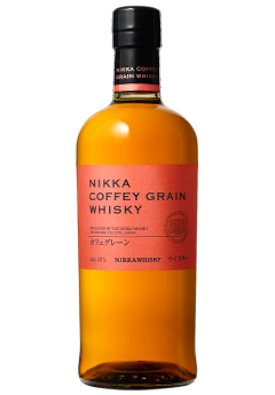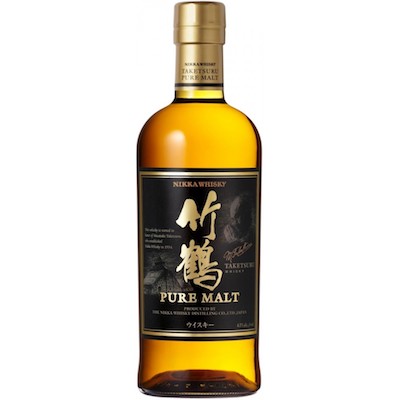The Guide to Japanese Whiskey
Photo via Suntory
The annual Spirit of Speyside festival, this year taking place from April 27 to May 1, is the major happening in Scotch whisky. Centered on the Highlands region found between Aberdeen and Inverness that hosts the bulk of the industry, Spirit of Speyside boasted over 500 events at the 2016 festival.
Expanding on an ambitious events schedule, one that averages over a hundred events per day, Spirit of Speyside is reaching outside of Scotch whisky for the first time to include a Japanese whisky this year. Yumi Yashikawa, the global ambassador for the Chichibu Distillery, will hold a seminar at The Highlander Inn as part of the official festival docket. Craigellachie’s The Highlander Inn, in turn, hosts one of the largest collections of Japanese whisky outside of Asia.
That a Japanese whisky distillery now has a toehold in Scotland’s biggest whisky festival underlines just how firmly established in the mainstream Japanese whisky has become. When the Yamazaki Single Malt Sherry Cask 2013 was named World Whisky of the Year by whisky writer Jim Murray, it propelled the entire category out of the hands of small group connoisseurs and into a much larger marketplace. Initially, that made Japanese whisky a very hard to obtain commodity, as interest far outstripped supply. Nowadays, Japan’s “Big Two” whisky-makers of Nikka and Suntory have adjusted, small producers like Chichibu have stepped up to the table, and importers are doing a better job keeping up with demand.
Here are several Japanese whiskies, all readily available in the United States for $100 or less.
The Yamazaki 12-Year-Old Single Malt ($99)

The Yamazaki Distillery is the oldest in Japan, founded in 1923, and their 12-Year-Old single malt is not just the flagship for the distillery; In some ways, it was a pioneer for Japanese whisky as a whole. Introduced in 1984, it was the first Japanese single malt that received a serious effort to market it outside of the home market. It’s full-bodied, yet also elegant, and a worthy addition to the shelf of any serious whisky enthusiast.
-

-

-

-

-

-

-

-

-

-

-

-

-

-

-

-

-

-

-

-

-

-

-

-

-

-

-

-

-

-

-

-

-

-

-

-

-

-

-

-












































